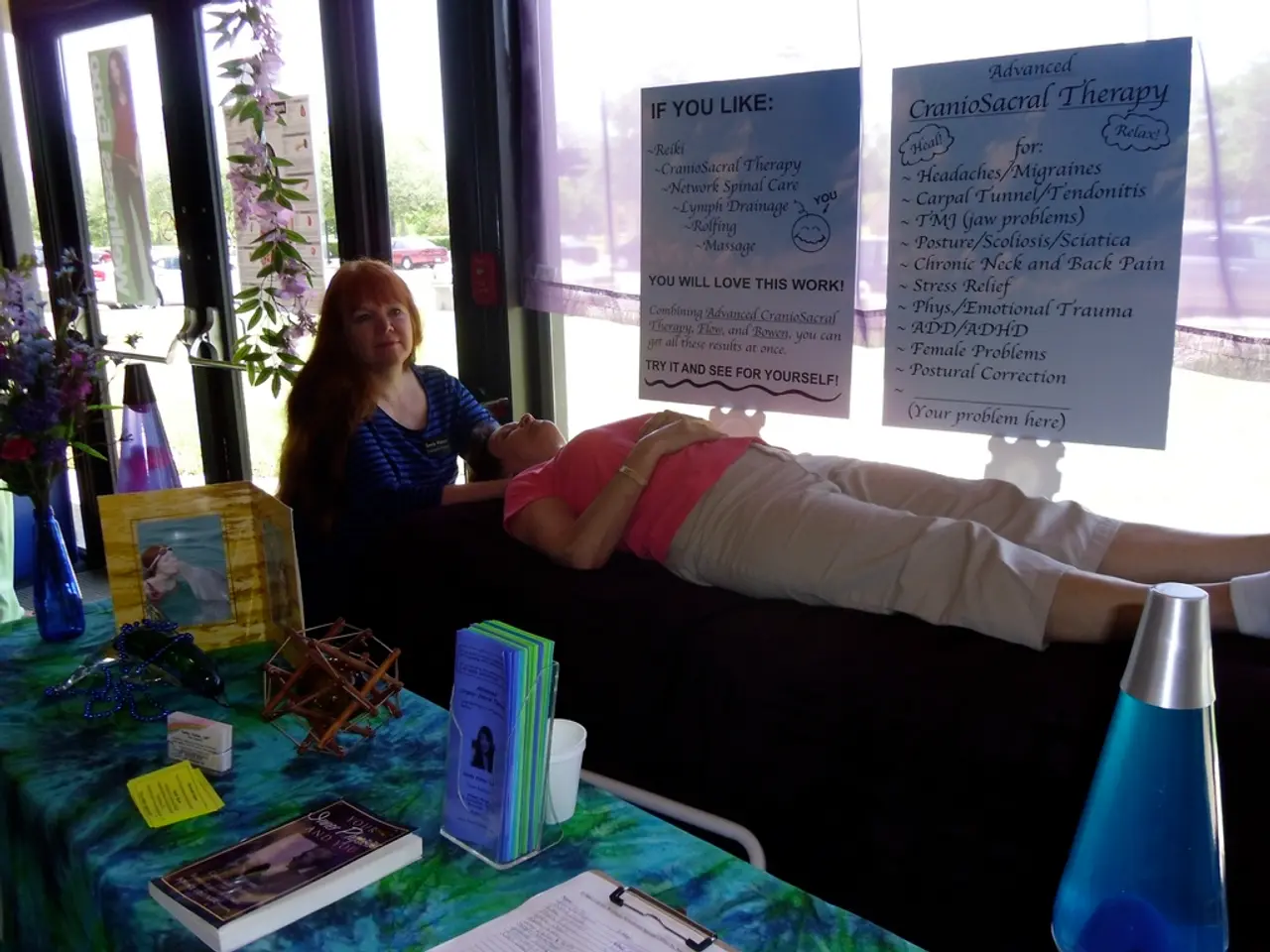Experiencing persistent pain throughout the body? Learn about centralized pain syndrome, including its symptoms and potential treatments.
Central Pain Syndrome (CPS) and Fibromyalgia (FM): Understanding the Differences
Central Pain Syndrome (CPS) and Fibromyalgia (FM) are two conditions that share some similarities, but they have distinct causes, symptoms, and treatments. Both conditions involve chronic pain and nervous system dysfunction, but they affect different areas and require different approaches for management.
Causes
CPS is caused by damage or dysfunction in the central nervous system (CNS), which includes the brain or spinal cord. This damage is often due to stroke, trauma, multiple sclerosis, tumors, or other neurological injuries. On the other hand, the exact cause of FM is unknown, but it is linked to abnormal nerve function leading to central sensitization—increased sensitivity to pain signals in the brain and spinal cord. Inflammatory processes, neurotransmitter imbalances, and genetic factors may contribute to FM.
Symptoms
| Aspect | Central Pain Syndrome | Fibromyalgia | |-------------------------|------------------------------------------------------|----------------------------------------------------------| | Primary symptom | Chronic, often severe pain from CNS injury | Widespread musculoskeletal pain | | Pain character | Burning, aching, or stabbing pain localized to affected CNS area | Throbbing, shooting, and stabbing muscle pain | | Additional symptoms | Sensory abnormalities like numbness or hypersensitivity; stroke-related deficits | Fatigue, brain fog (cognitive dysfunction), sleep disturbances, morning stiffness, sensitivity to light/sound/temperature, digestive issues (e.g. IBS), anxiety, depression | | Fatigue | Possible but less prominent than pain | Significant, often severe and sometimes accompanied by cognitive dysfunction ("fibro fog") | | Triggering factors | CNS injury or disease | Possibly genetic predisposition, inflammation, neurotransmitter alterations |
Treatments
CPS treatment focuses on managing neuropathic pain, with options including medications like anticonvulsants, antidepressants, opioids (rarely), and physical therapy. The effectiveness of these treatments varies as pain originates from CNS damage, making it often difficult to control.
FM treatment is broader, addressing pain, fatigue, sleep, and psychological factors with both medications and lifestyle interventions. Medications include duloxetine, milnacipran, pregabalin to relieve pain, while non-pharmacological approaches like aerobic exercise, strengthening exercises, cognitive behavioral therapy, stress reduction techniques, and good sleep hygiene are key. Emerging research into inflammation and neuroimmune pathways suggests potential for novel therapies.
Summary
CPS is a neuropathic pain condition caused by direct CNS injury, leading to localized pain and sensory issues. FM, on the other hand, is a chronic syndrome characterized by widespread pain, fatigue, and CNS hypersensitivity without clear CNS injury, often accompanied by systemic symptoms.
Understanding the differences between CPS and FM is crucial for effective diagnosis and treatment. While both conditions can co-occur, they require distinct approaches for management. If you or someone you know is experiencing chronic pain, it's essential to consult a healthcare professional for an accurate diagnosis and personalized treatment plan.
References:
- Mayo Clinic. (2021). Fibromyalgia. Retrieved from https://www.mayoclinic.org/diseases-conditions/fibromyalgia/symptoms-causes/syc-20355753
- National Institute of Neurological Disorders and Stroke. (2021). Central Pain Syndrome Fact Sheet. Retrieved from https://www.ninds.nih.gov/Disorders/Patient-Caregiver-Education/Fact-Sheets/Central-Pain-Syndrome-Fact-Sheet
- National Fibromyalgia Association. (2021). Fibromyalgia. Retrieved from https://www.fmaware.org/about/fibromyalgia/
- National Pain Foundation. (2021). Fibromyalgia. Retrieved from https://www.nationalpainfoundation.org/conditions/fibromyalgia/
- American Chronic Pain Association. (2021). Fibromyalgia. Retrieved from https://www.theacpa.org/understanding-chronic-pain/conditions/fibromyalgia
- In treating Central Pain Syndrome (CPS), therapies and treatments may involve other medical-conditions such as neurological disorders, like multiple sclerosis or tumors, due to its origin from CNS damage.
- Science offers various medications for managing the pain associated with CPS, which could include anticonvulsants, antidepressants, or opioids, but the effectiveness of these treatments may vary given the pain originates from CNS damage.
- Fibromyalgia (FM) management extends beyond pain relief to encompass health-and-wellness factors such as fitness-and-exercise, sleep, mental-health, nutrition, and stress reduction techniques, due to its systemic symptoms and unknown cause.
- Fibromyalgia (FM) can affect one's mental health, leading to symptoms such as anxiety and depression, in addition to widespread pain, fatigue, and cognitive dysfunction.
- To care for skin effectively, one needs to understand the differences between Central Pain Syndrome (CPS) and Fibromyalgia (FM), as the skincare needs might shift depending on the specific neurological-disorders or systemic symptoms present.




